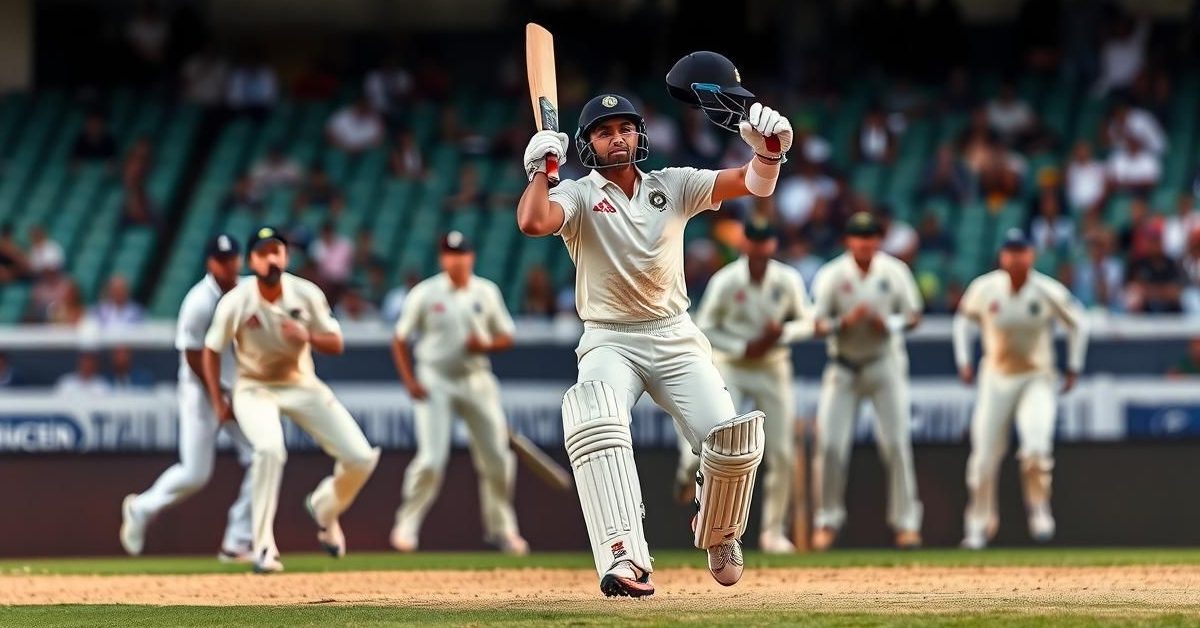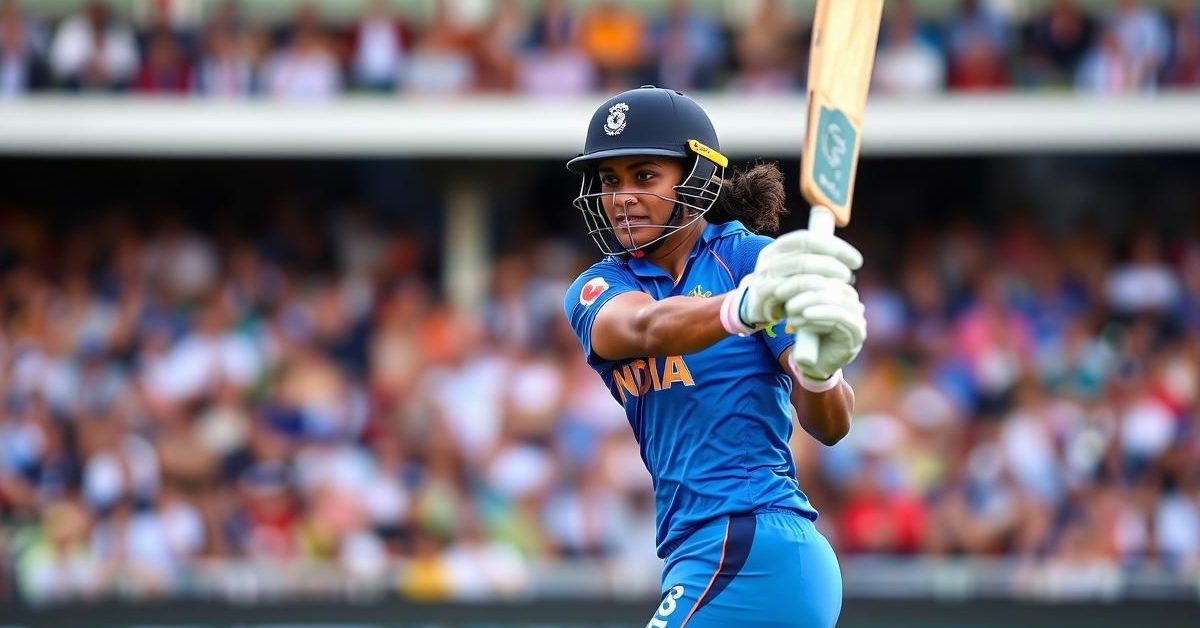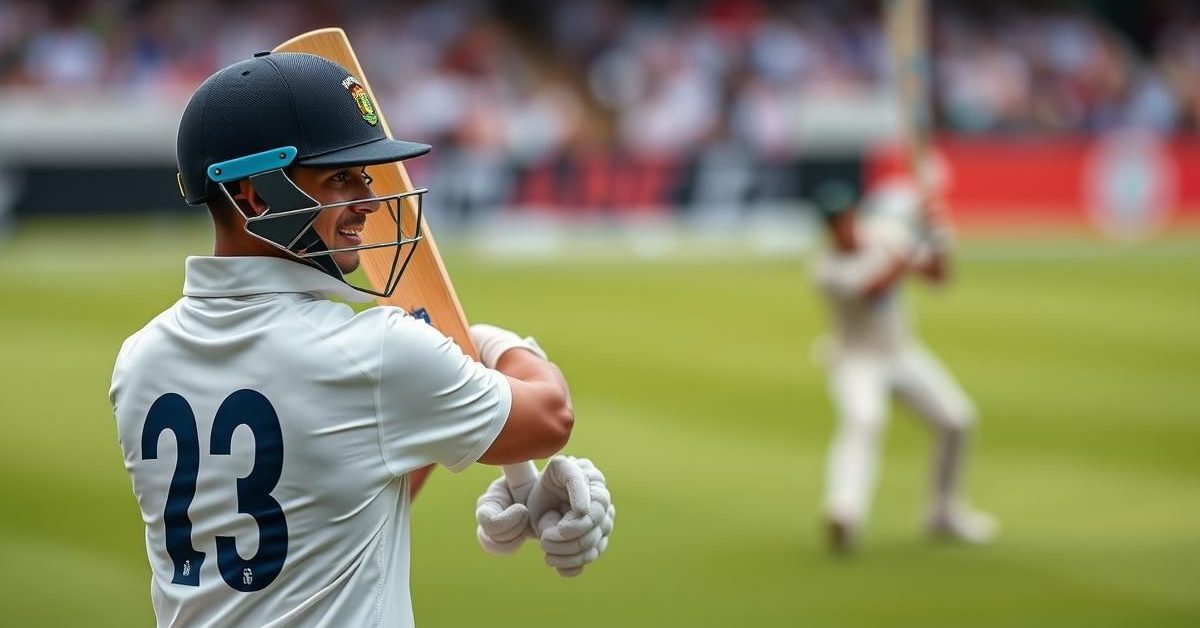India’s Strategic Conundrum: The Elusive Balance in Test Cricket
The world of Test cricket often hinges on the delicate equilibrium of a team – a batting lineup that can pile on runs, a bowling attack that can scythe through opposition, and a crucial middle ground where players contribute across disciplines. For the Indian cricket team, a recurring challenge has surfaced, sparking fervent debate among experts and fans alike: the perceived imbalance between the top-order batsmen’s lack of bowling contributions and the lower order’s struggle with the bat. This strategic void came into sharp focus during a critical Test match against England at Headingley, Leeds.
Aakash Chopra’s Candid Critique: Where Do the All-Rounders Lie?
Leading cricket analyst Aakash Chopra, known for his insightful commentary, recently voiced his candid observations on this precise issue via his popular YouTube channel. “Our tail doesn’t bat, and our top order doesn’t bowl,” Chopra stated, encapsulating a significant concern. He argued that even a minimal bowling effort from the specialist batsmen could provide invaluable flexibility and options for the captain.
Chopra wasn’t suggesting the Indian team needed to unearth another Jacques Kallis, the legendary South African all-rounder, capable of delivering fifteen overs alongside a formidable batting performance. Nor was he advocating for the likes of Wiaan Mulder, recently promoted higher up the order for South Africa in the World Test Championship final, to become full-time bowling options for India’s top four. His point was simpler: a little bit of bowling, even a few overs, from the designated batsmen could profoundly impact team balance and provide much-needed strategic choices.
The UnTapped Potential: Why Batters Must Bowl
The absence of multi-dimensional players among India’s main batting stalwarts forces the team to often play an extra bowler or compromise on batting depth. This structural limitation becomes particularly apparent in demanding Test conditions, where relief bowlers or different angles of attack are often required to break stubborn partnerships. While India possesses immense batting talent and a potent primary bowling unit, the lack of these supplementary skills from within the top order creates a strategic rigidity that can be exploited by wily opposition.
The Shardul Thakur Dilemma: Ashwin’s Tactical Questions
Adding another layer to this discussion, Ravichandran Ashwin, India’s premier off-spinner and a keen cricketing mind, pinpointed a specific instance of player utilization that he found perplexing. His analysis centered on the handling of Shardul Thakur, a player often lauded for his knack of breaking partnerships and contributing crucial runs with the bat. Despite his potential as a bowling all-rounder, Thakur was conspicuously under-bowled in the Headingley Test.
Ashwin noted that Shardul was not given the ball until well into the 40th over, a critical juncture when set batsmen were at the crease, and the shine had worn off the Kookaburra ball, making swing difficult. This timing, Ashwin argued on his own YouTube channel, negated much of Thakur’s potential impact.
Mismanaged Talent? The Case for Better Utilization
What puzzled Ashwin further was Shardul Thakur’s specific match-up potential, particularly against a player of Joe Root’s caliber. Thakur has a proven track record of unsettling top batsmen and possesses a remarkable ability to pick up crucial wickets when least expected. His past performances, including instances where he has dismissed established players like Ben Duckett or Harry Brook in different formats, underscore his wicket-taking prowess.
Ashwin’s poignant observation highlighted a broader issue: “If this is going to be the way he is going to be used, I don’t think he is really making any sense. Because he has to be given the ball for him to make a difference.” This sentiment reflects a frustration common among fans and analysts alike – the underutilization of a player who, despite his limitations, offers a unique skill set that could be vital for breaking deadlocks, especially when front-line bowlers like Jasprit Bumrah might be struggling for breakthroughs or requiring a break.
The ongoing debate surrounding India’s team composition, particularly the integration of genuine all-rounders and the optimal deployment of multi-skilled players like Shardul Thakur, remains a critical strategic challenge for the team management as they aim for consistent success in the demanding world of Test cricket.









